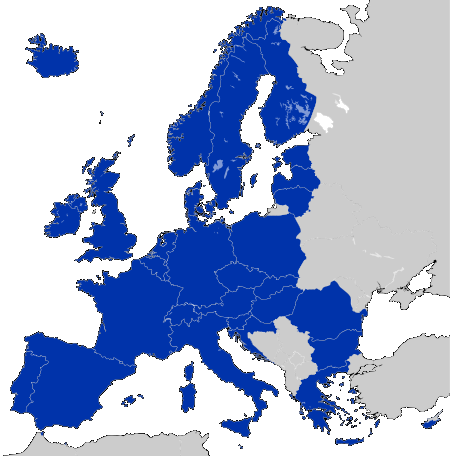Regulation and T2S forcing European post-trade evolution says Celent
As Europe’s post-trade infrastructure is subjected to increasing levels of regulation, CSDs will be forced to change their business models to stay alive, custodians will be forced to seek alliances to find economies of scale, and brokers will have to outsource parts of their mid and back office processes to stay in the game, according to analyst firm Celent.
The report, Future of the post-trade industry part one – identifying the drivers of change, points to the European Commission’s upcoming MiFID II and ongoing implementation of EMIR as major influences. The shift towards T+2 settlement, which the EU plans to implement in 2015, will also reduce risk and increase settlement volumes. However, Celent has estimated that while T2S will likely increase trade volumes, other factors such as a drive by 11 EU countries towards a financial transaction tax will reduce it.
Ostensibly, the reduced trading volumes and increased costs associated with the last five years have pushed financial institutions towards reducing expenditure and increasing efficiency by automating processes, upgrading or replacing legacy systems in the mid- and back-office, and integrating different systems. However, Celent notes that budgetary constraints are forcing many to consider outsourcing their mid and back office operations for the first time. Some vendors are even considering a utility model that will allow multiple firms to use a basic core platform, but customising such a platform for each firm’s needs would be a challenge.
In theory, the push to give Europe a single European securities settlement engine should decrease cross-border settlement costs, pushing up settlement volumes across the EU. Celent also notes a regulatory push from MiFID and EMIR towards segregating client assets, which will likely increase settlement volumes. However, the analyst firm warns that if countries such as Spain introduce new CCPs, netting will push down volumes. CCP interoperability is already present in Europe but is not allowed in the UK due to stamp duty.
The role of CSDs will also be significant, according to Celent. Many will have to change their business models, including competing more directly with subcustodians on asset servicing. Achieving scale will be important and Celent predicts smaller players will be driven out or acquired. Consolidation may in turn lead to monopolistic behaviour and a reduction in settlement volumes.
Custodian banks will increasingly need to cooperate with local CSDs and prime brokers to generate economies of scale, while their buy-side customers are already asking for more and more outsourcing services, according to Celent. The report forecasts a likely decrease in the number of custodians and competition, and an increase of in-house netting and ETF trading activity.
“Regulatory and competitive dynamics are driving the development among market infrastructure providers,” read the report. “Competition among exchanges is forcing them to improve systems to handle trading and settlement more efficiently. At the same time regulators, particularly in Europe, have been making efforts to attain best practices by trying to achieve standardisation and harmonisation of processes. There is also a move toward settlement of trades on T+2 basis and possibly T+1 among many of the global regulators.”
Earlier this month, pan-European post-trade services house Euroclear revealed plans to shorten its settlement cycle to T+2 from October next year, bringing its operations into line with clearing in Germany and Russia, which already operate T+2.












































